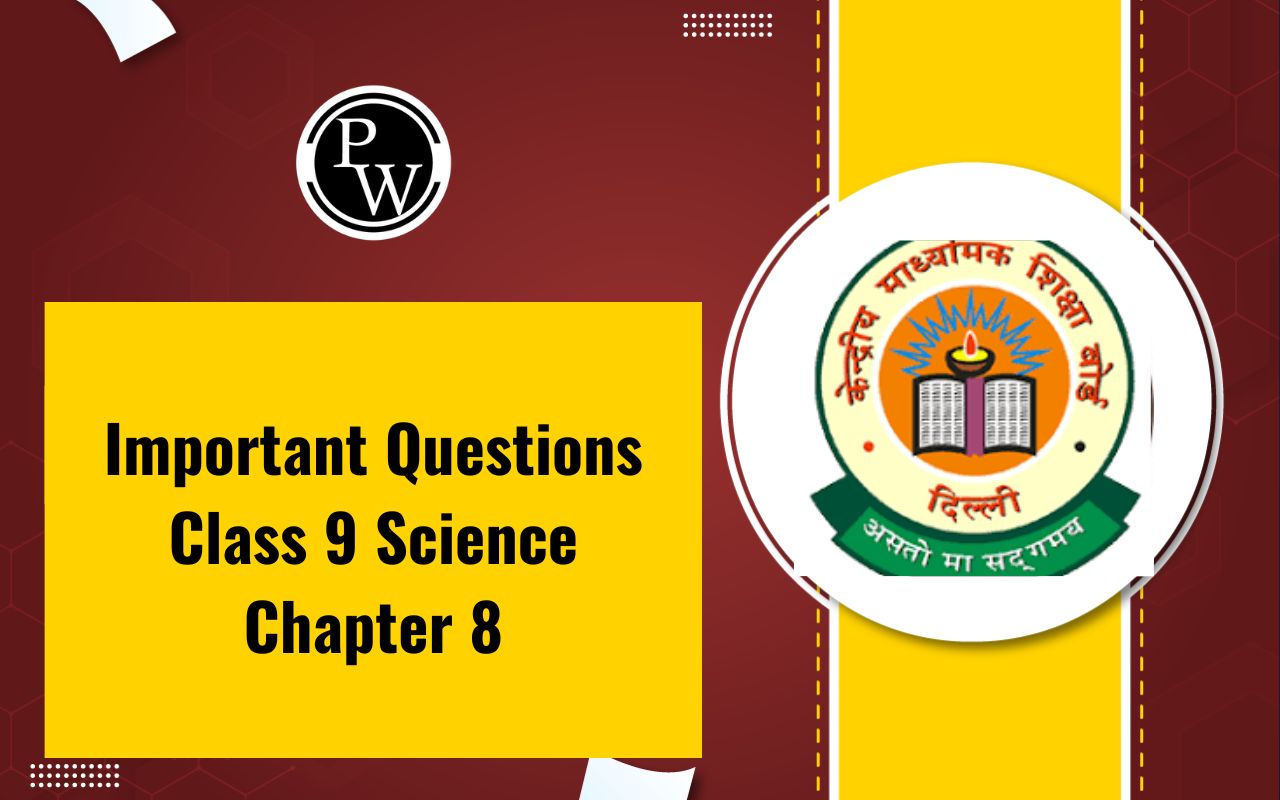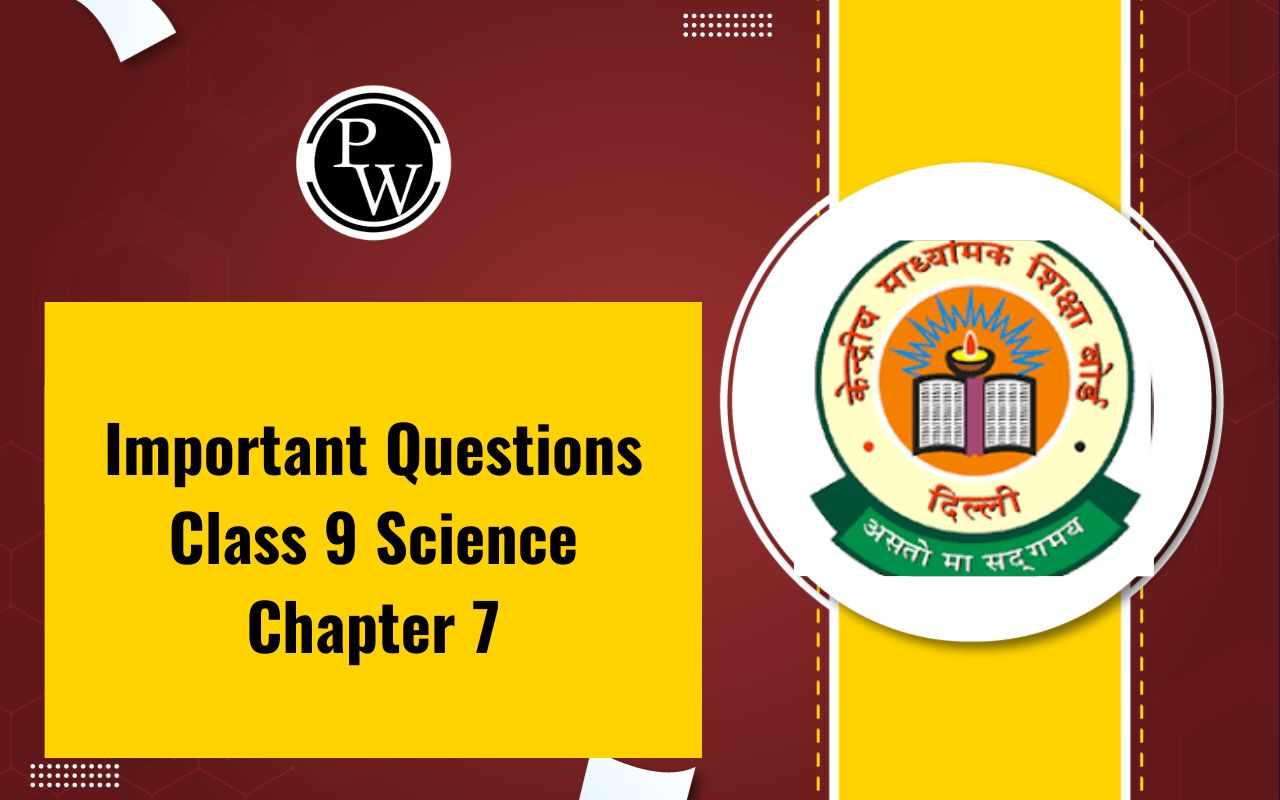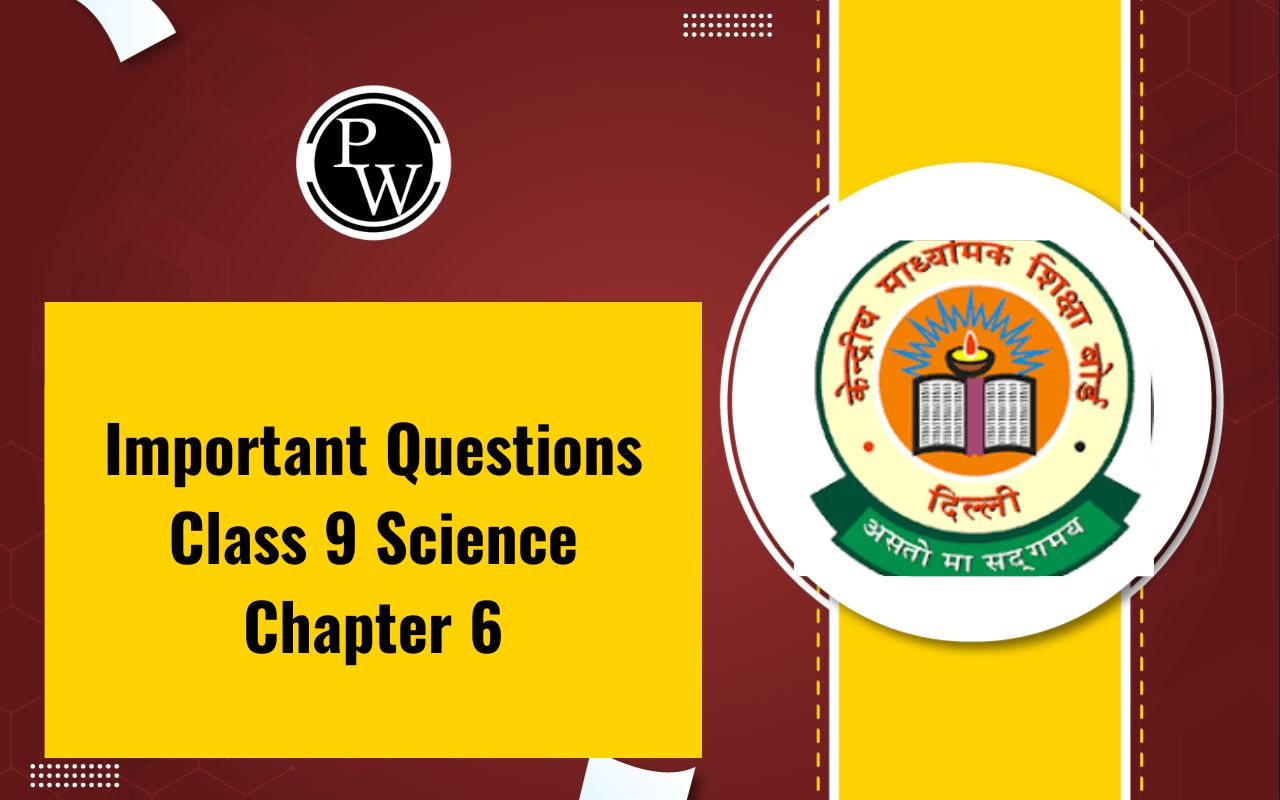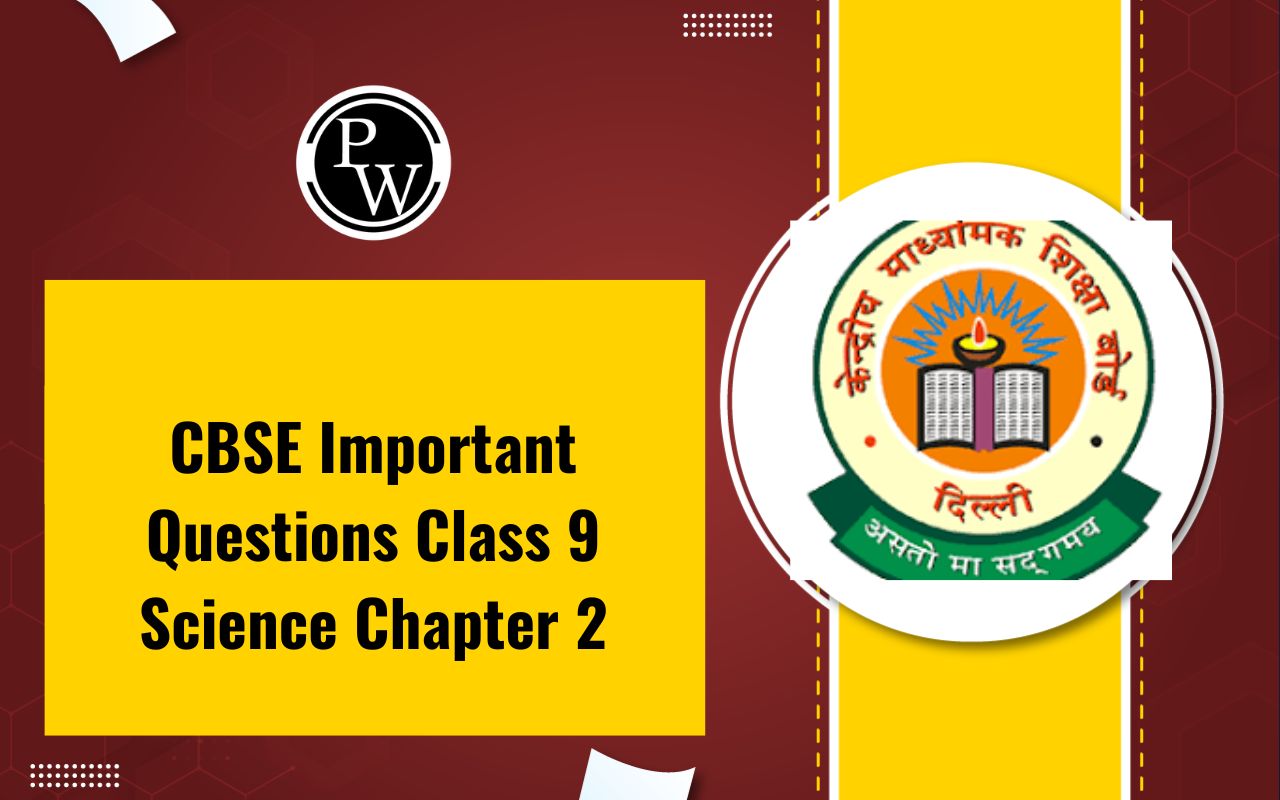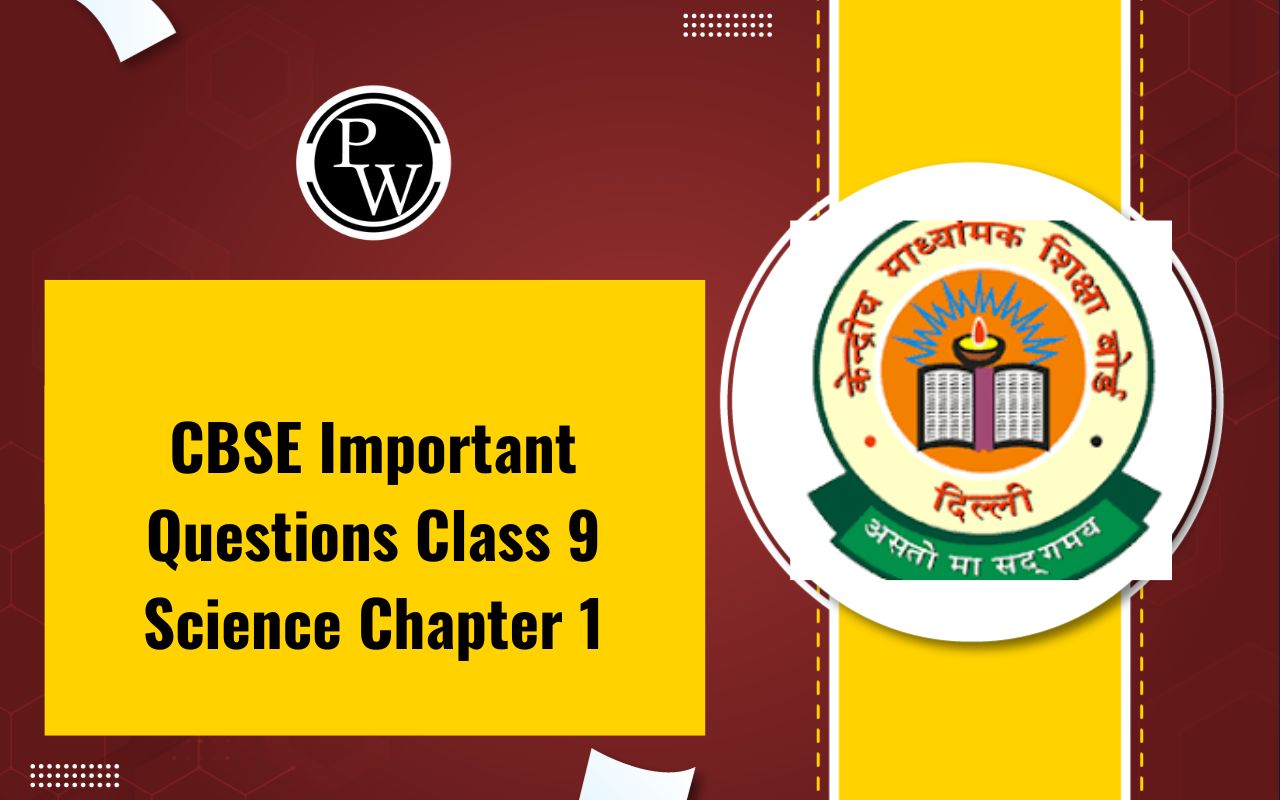

The human heart is a critical organ that holds a central position in maintaining the circulatory system. This vital muscle is composed of four distinct chambers, including the right and left atria and ventricles, which function in concert to regulate the flow of blood. below with the diagram of heart will help you to understand heart complex functions in easy.
Overview of the Heart
The heart, a powerful and vital muscle, is situated in the thorax between the lungs. It is prominent in the human body, playing a critical role in maintaining the circulatory system. The heart's primary function is to propel oxygenated blood to every body part and eliminate deoxygenated blood, carbon dioxide, and other waste products from the bloodstream. This remarkable organ beats an average of 100,000 times daily, pumping 5-6 liters of blood per minute. This continuous circulation ensures that all of the body's cells receive a steady supply of oxygen and nutrients essential for proper functioning. The heart's remarkable ability to constantly and efficiently perform its vital function is a testament to its remarkable design and crucial role in maintaining life. The heart is also responsible for regulating blood pressure, and flows through its four chambers, including the right and left atria and ventricles. These chambers work together to ensure that blood flows in the proper direction and that waste products are removed from the bloodstream efficiently. The heart is a vital part of the body; any problems or conditions affecting its function can seriously affect a person's health. Regular exercise, a healthy diet, and a stress-free lifestyle can help keep the heart healthy and functioning properly.Also Check - Diagram Of Ear
Anatomy of the Heart
The heart is an intricate organ composed of four interconnected chambers - the right atrium, left atrium, right ventricle, and left ventricle. These chambers collaborate seamlessly to circulate oxygen-rich blood throughout the body and remove oxygen-deprived blood. The heart is guarded by the pericardium, a protective sac filled with fluid that minimises friction and safeguards the heart. The coronary arteries and veins sustain the heart muscle, providing blood, oxygen, and essential nutrients to the heart. This intricate network of vessels ensures that the heart has a constant source of sustenance, allowing it to perform its critical role in the circulatory system with unparalleled efficiency.A. Right Atrium
One of the four chambers of the heart, located on the right side of the organ, is the right atrium. It plays a crucial role in the circulatory system by receiving deoxygenated blood from the body. The right atrium is connected to the superior and inferior vena cava, two major veins that carry deoxygenated blood from the body back to the heart. The right atrium is a receiving chamber where deoxygenated blood enters and is pumped into the right ventricle. The right atrium is a relatively thin-walled chamber that allows for the smooth flow of blood into the right ventricle. The walls of the right atrium contain specialised muscle fibers that help regulate blood flow and prevent backflow. In addition to its role in the circulatory system, the right atrium regulates blood pressure. The atrium is equipped with baroreceptors, specialised nerve endings that detect changes in blood pressure and help to regulate it. These baroreceptors are important for maintaining healthy blood pressure, as they signal the heart to beat faster or slower in response to changes in blood pressure. Problems with the right atrium can seriously affect a person's health. Conditions such as atrial fibrillation, a type of heart rhythm disorder, can result in an irregular heartbeat and affect blood flow through the right atrium and ventricle. Treatment may call for medication or surgery, depending on the severity of the condition.Also Check - Diagram Of Brain
B. Right Ventricle
Next up, we have the right ventricle on the right side of the heart. It plays a crucial role in the circulatory system by receiving deoxygenated blood from the right atrium and then pumping it to the lungs, where it receives oxygen and returns to the left side of the heart. The right ventricle is a relatively thin-walled chamber with a muscular wall that helps to pump blood to the lungs. The wall of the right ventricle is composed of specialised muscle fibers, called trabeculae, that help to regulate blood flow and prevent backflow. In addition to its role in the circulatory system, the right ventricle regulates blood pressure. The ventricle is equipped with baroreceptors, specialised nerve endings that detect changes in blood pressure and help to regulate it. These baroreceptors are important for maintaining healthy blood pressure, as they signal the heart to beat faster or slower in response to changes in blood pressure. Issues affecting the right ventricle can have a significant impact on a person's well-being. A condition such as pulmonic stenosis, characterised by a constriction of the valve connecting the right ventricle and the pulmonary artery, can lead to diminished blood flow to the lungs, impairing a person's respiratory function. The treatment for such conditions varies, ranging from medication to surgical intervention, and depends on the extent of the issue.Also Check - Diagram For Meiosis
C. Left Atrium
The heart is a critical organ in the human body, tasked with maintaining the circulatory system. It comprises four interlinked chambers: the right and left atria and the right and left ventricles. Of these chambers, the left atrium holds a vital role in the heart's functioning. The left atrium is positioned in the upper-left part of the heart and is distinct from the right atrium by the interatrial septum. It receives oxygenated blood from the lungs and pumps it into the left ventricle, from where it is then expelled into the aorta, the primary blood vessel responsible for distributing oxygen and nutrients throughout the body. The efficient functioning of the left atrium is of utmost importance as it plays a key role in ensuring the smooth operation of the heart and the circulatory system. The wall of the left atrium is composed of muscle fibers, known as myocardium, and it is covered by a layer of the endocardium, a smooth inner lining that helps to prevent blood clots from forming. The left atrium is also equipped with specialised muscle fibers, called pectinate muscles, that help to regulate blood flow. The left atrium plays a key role in maintaining the heart's normal rhythm, as it contains the sinus node, also known as the "natural pacemaker." The sinus node sends electrical impulses to the atria, causing them to contract and pump blood into the ventricles. However, problems with the left atrium can occur and lead to heart conditions such as atrial fibrillation, a common type of arrhythmia that occurs when the atria contract irregularly and rapidly. Atrial fibrillation can lead to the formation of blood clots and increase the risk of stroke.Also Check - Diabetes Its Symptoms
D. Left Ventricle
The left ventricle is a critical component of the heart, located on the lower-left side of the organ. This chamber is tasked with pumping oxygenated blood from the lungs to the rest of the body, ensuring that the body's major organs and tissues receive the necessary oxygen and nutrients. The left ventricle is distinct from the other chambers in that it is the largest and most muscular, making it capable of generating high pressure to pump blood efficiently throughout the body. The left ventricle walls are made up of dense myocardium, which provides the necessary strength for proper contraction and relaxation. The inner lining of the ventricle, the endocardium, is smooth, helping to prevent the formation of harmful blood clots. Blood is received from the left atrium and sent through the aortic valve into the aorta, the primary blood vessel that supplies the body with essential oxygen and nutrients. Problems with the left ventricle can result in significant health issues. Heart failure is a major concern, in which the heart weakens and cannot pump adequate blood to meet the body's needs. Another condition, known as left ventricular hypertrophy, occurs when the wall of the left ventricle becomes thickened, which can also result in heart problems. These conditions can be treated with medications or surgery, depending on the severity of the issue. throughout the body. This article will delve into the intricate anatomy of the heart and explore its various components in detail, providing a comprehensive understanding of this complex organ.Diagram Of Heart FAQs
What are the four chambers of the heart?
The right and left atria and the right and left ventricles constitute the four chambers of the heart.
What is the function of the heart's valves?
The valves regulate blood flow between the heart chambers and prevent blood from flowing backward.
What is the role of the coronary arteries in the heart?
The coronary arteries supply oxygen and nutrients to the heart muscle.
What is the function of the atria and ventricles in the heart?
Blood is received by the atria from the veins and is pumped by the ventricles to the body. The right atrium accepts deoxygenated blood from the body, while the left receives oxygenated blood from the lungs. Blood is transported to the lungs by the right ventricle, whereas the left ventricle pumps blood to the rest of the body.
What is the function of the sinoatrial (SA) node in the heart?
The sinoatrial (SA) node, often called the "natural pacemaker" of the heart, plays a crucial role in regulating the heartbeat by generating electrical impulses that stimulate the atria to contract.
🔥 Trending Blogs
Talk to a counsellorHave doubts? Our support team will be happy to assist you!

Free Learning Resources
PW Books
Notes (Class 10-12)
PW Study Materials
Notes (Class 6-9)
Ncert Solutions
Govt Exams
Class 6th to 12th Online Courses
Govt Job Exams Courses
UPSC Coaching
Defence Exam Coaching
Gate Exam Coaching
Other Exams
Know about Physics Wallah
Physics Wallah is an Indian edtech platform that provides accessible & comprehensive learning experiences to students from Class 6th to postgraduate level. We also provide extensive NCERT solutions, sample paper, NEET, JEE Mains, BITSAT previous year papers & more such resources to students. Physics Wallah also caters to over 3.5 million registered students and over 78 lakh+ Youtube subscribers with 4.8 rating on its app.
We Stand Out because
We provide students with intensive courses with India’s qualified & experienced faculties & mentors. PW strives to make the learning experience comprehensive and accessible for students of all sections of society. We believe in empowering every single student who couldn't dream of a good career in engineering and medical field earlier.
Our Key Focus Areas
Physics Wallah's main focus is to make the learning experience as economical as possible for all students. With our affordable courses like Lakshya, Udaan and Arjuna and many others, we have been able to provide a platform for lakhs of aspirants. From providing Chemistry, Maths, Physics formula to giving e-books of eminent authors like RD Sharma, RS Aggarwal and Lakhmir Singh, PW focuses on every single student's need for preparation.
What Makes Us Different
Physics Wallah strives to develop a comprehensive pedagogical structure for students, where they get a state-of-the-art learning experience with study material and resources. Apart from catering students preparing for JEE Mains and NEET, PW also provides study material for each state board like Uttar Pradesh, Bihar, and others
Copyright © 2025 Physicswallah Limited All rights reserved.
Get App



